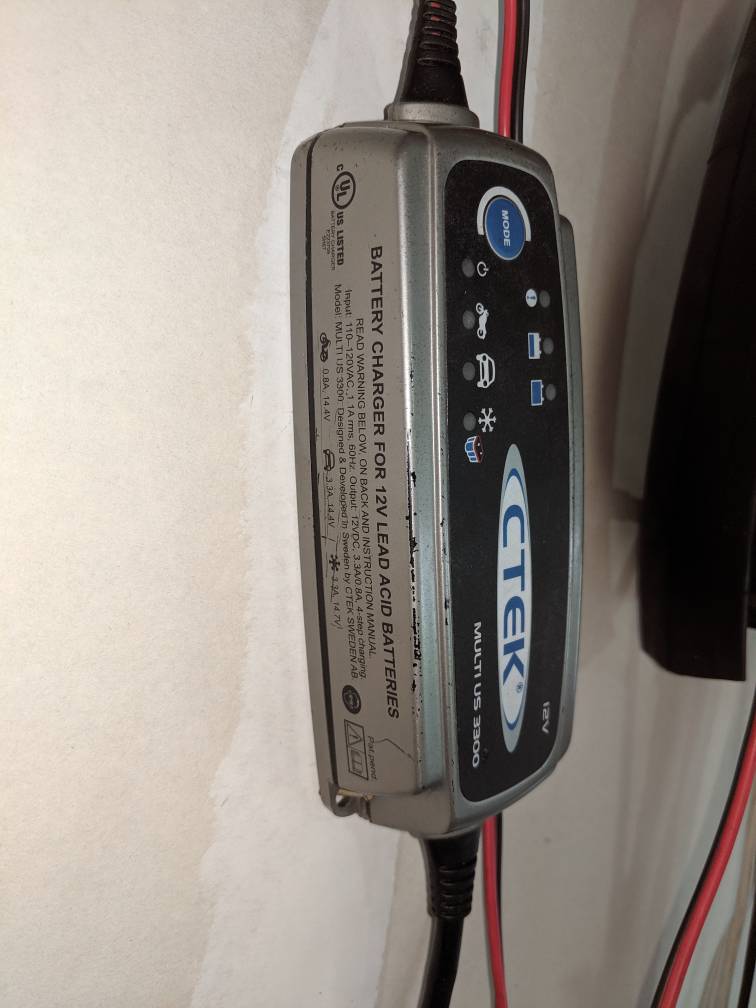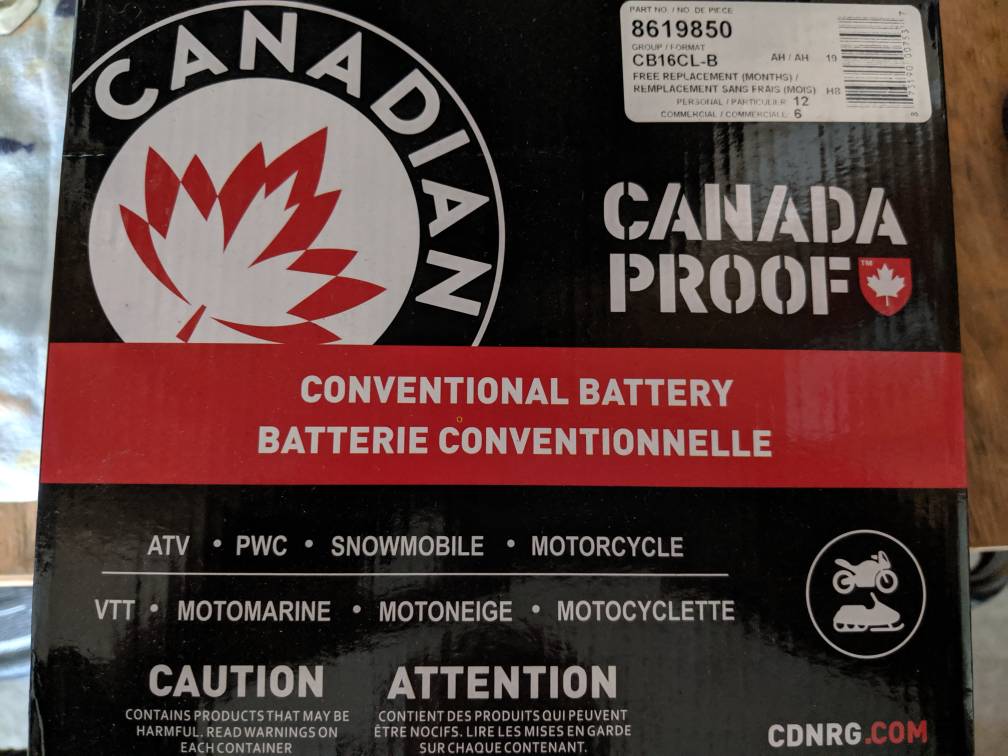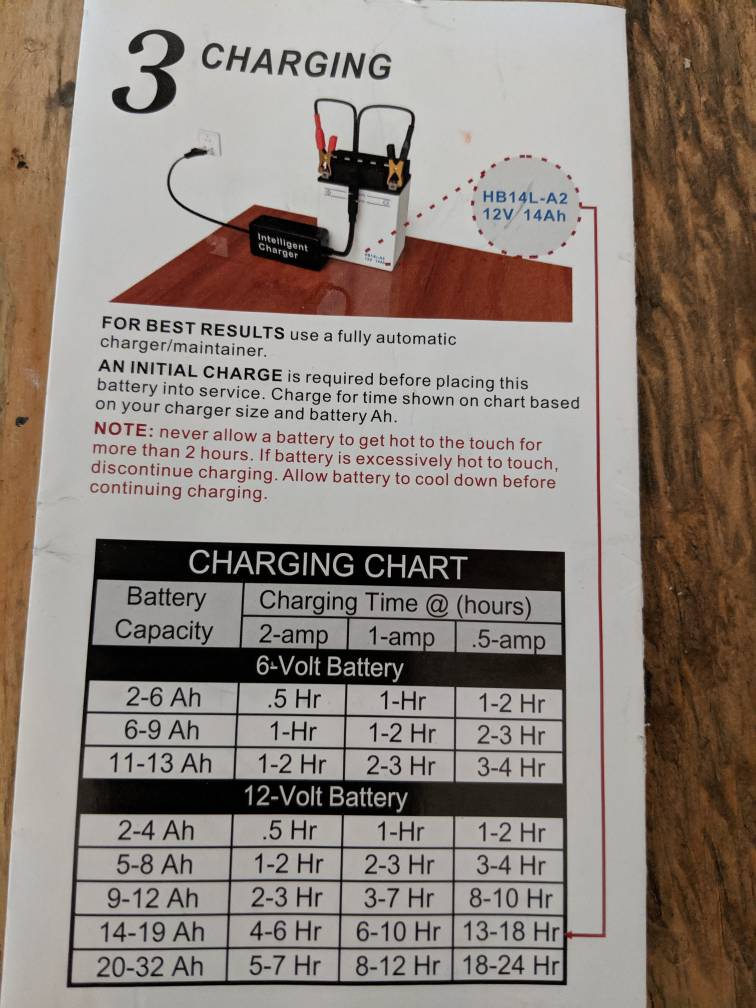WaterEnthusiast
Member
Hi,
I find it amazing the amount of contradicting information I get. I live in a city where my Sea-Doo will be out of the water for 8 months. I'm told I need to "maintain" my battery throughout this period. I've heard and read various things:
1- The guy at the BRP dealership told me that I shouldn't take my motorcycle battery charger (that has either 2 amps or 6 amps) because 2 amps is too much for this sort of battery. I need something that gives less than 1 amp.
2- A mechanic that did other work on my Sea-Doo told me: "You motorcycle battery charger is fine at 2amps. Just plus it for 24h and then take it off".
3- The guy at Canadian Tire who had about 15 different models to sell told me: "You need to take a "marine" charger. Marine batteries support "deep cycles" (whatever that means" so you need a charger that supports it.
I'm confused. It seems every have an opinion on the matter. I guess the right thing for me to do is ask the same question to the Internet and see it I get even more diverging opinions!!
Attached are:
1- The charger recommended at the BRP dealership.

2- My "old" motorcycle battery charger

3- Low-current charger lent to me by a friend

4- The "marine" charger suggested at Canadian Tire

5- Other options, with varying costs, that the CT clerk said were not appropriate for my Sea-Doo (except the ones marked "waterproof" he said..

Looking forward to suggestions.
Thanks
I find it amazing the amount of contradicting information I get. I live in a city where my Sea-Doo will be out of the water for 8 months. I'm told I need to "maintain" my battery throughout this period. I've heard and read various things:
1- The guy at the BRP dealership told me that I shouldn't take my motorcycle battery charger (that has either 2 amps or 6 amps) because 2 amps is too much for this sort of battery. I need something that gives less than 1 amp.
2- A mechanic that did other work on my Sea-Doo told me: "You motorcycle battery charger is fine at 2amps. Just plus it for 24h and then take it off".
3- The guy at Canadian Tire who had about 15 different models to sell told me: "You need to take a "marine" charger. Marine batteries support "deep cycles" (whatever that means" so you need a charger that supports it.
I'm confused. It seems every have an opinion on the matter. I guess the right thing for me to do is ask the same question to the Internet and see it I get even more diverging opinions!!
Attached are:
1- The charger recommended at the BRP dealership.

2- My "old" motorcycle battery charger

3- Low-current charger lent to me by a friend

4- The "marine" charger suggested at Canadian Tire

5- Other options, with varying costs, that the CT clerk said were not appropriate for my Sea-Doo (except the ones marked "waterproof" he said..

Looking forward to suggestions.
Thanks






